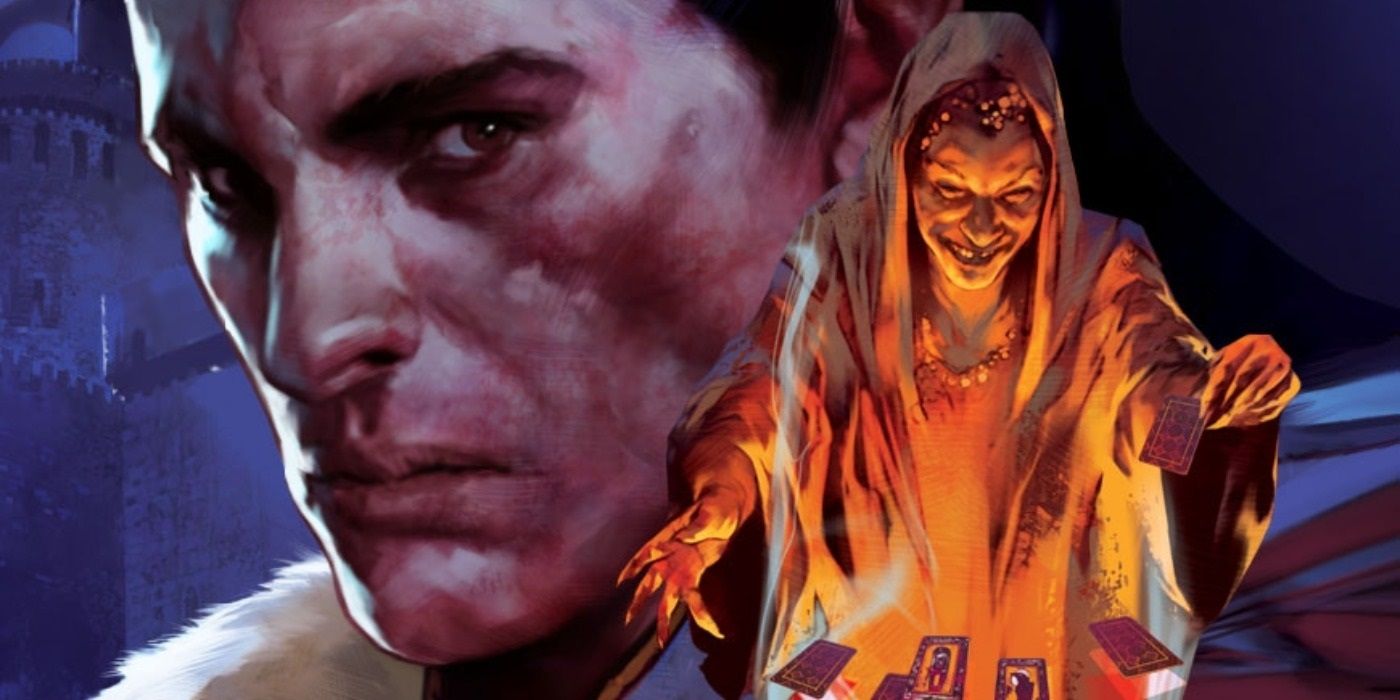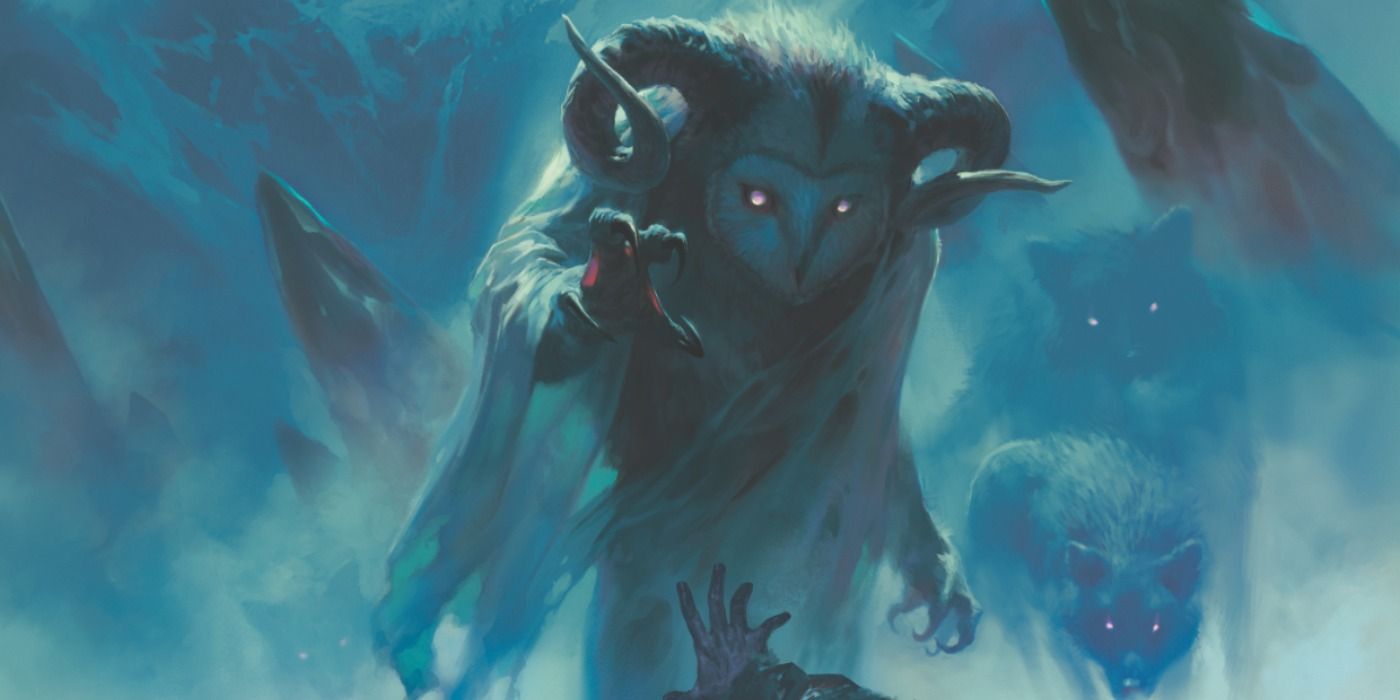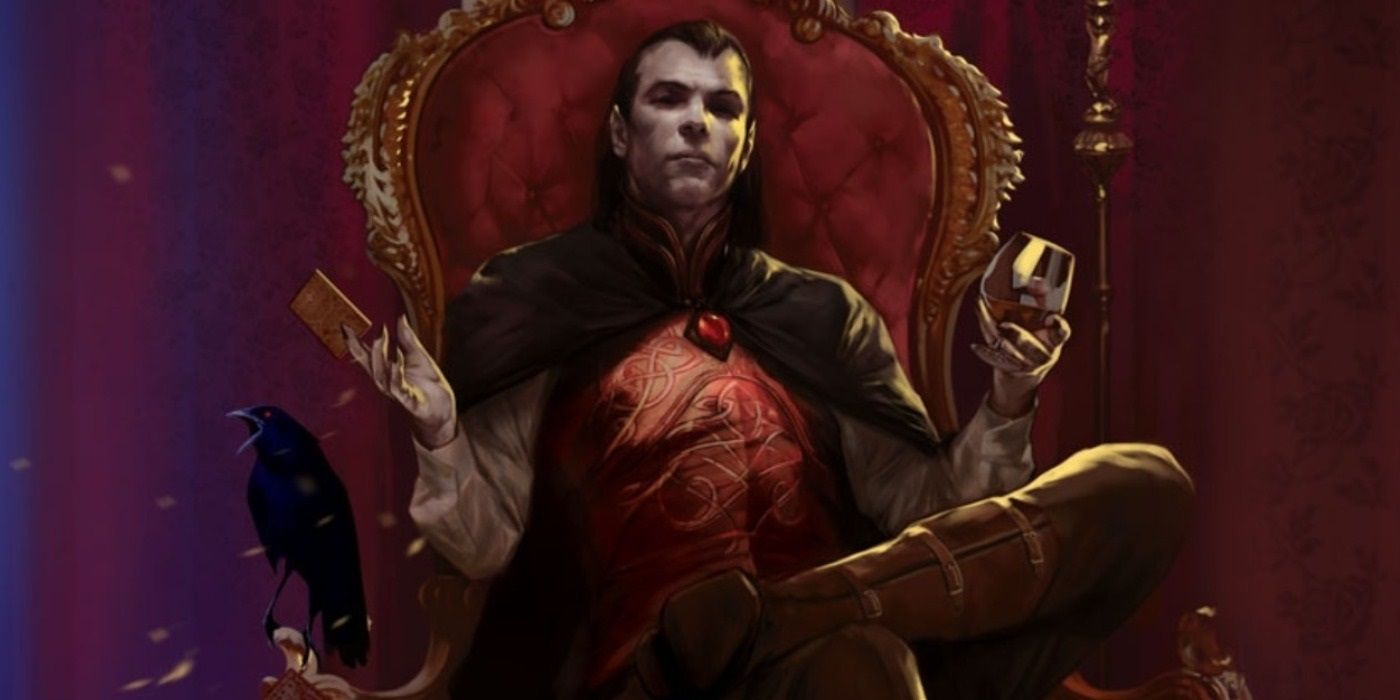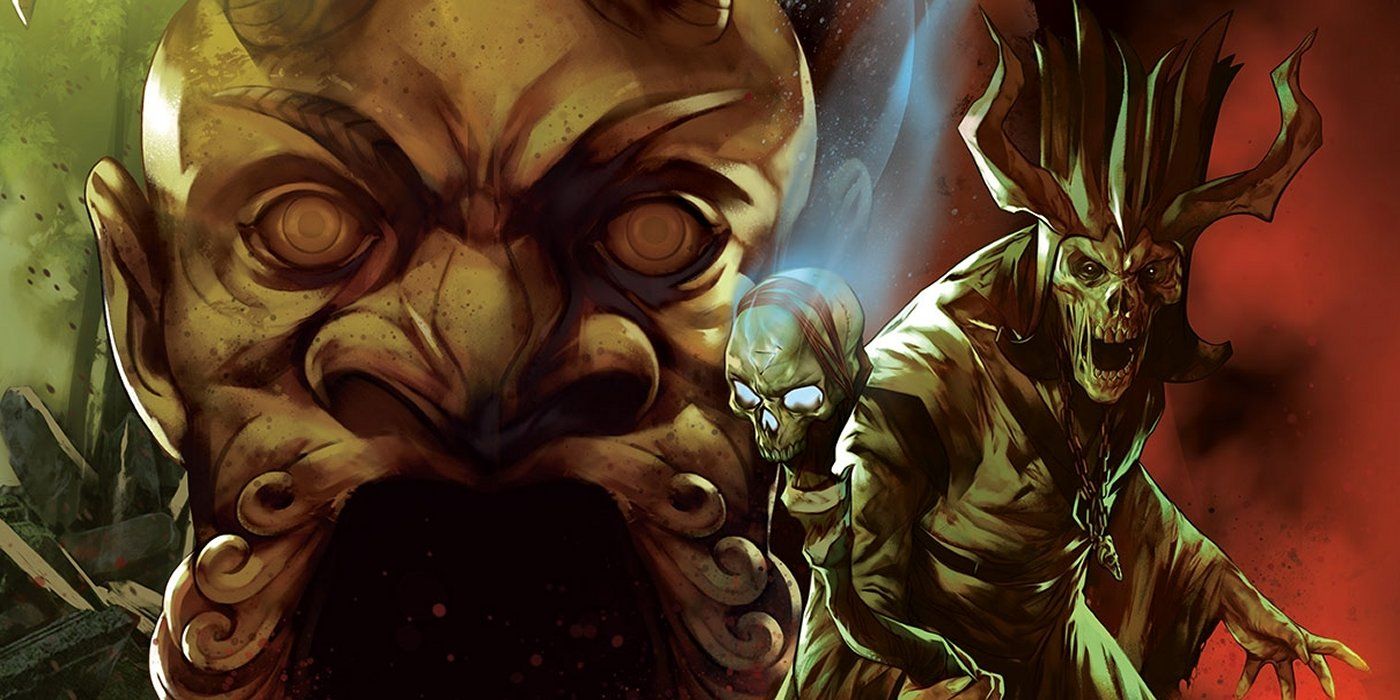The Dungeons & Dragons campaigns released by Wizards of the Coast are made with the idea that their players will take on the role of adventurers and heroes - those who do good in the world, fight evil monsters, and maybe earn a little gold for their troubles. If one of these campaigns is played with an evil D&D party, the DM will have to do a bit of work, as the campaign's endpoint won't be the same as it would be for a good-aligned party.
Most D&D parties do consist of good or neutral characters. Some DMs allow evil-aligned ones, but this usually comes with restrictions, such as never turning on the party or never deliberately derailing the game. A good example of a dynamic where a lone evil character can work in a party is Game of Thrones' Melisandre: She's on the same side as the heroes, as she wants Stannis to become king and the White Walkers defeated, but she's willing to do anything to achieve this goal, including the sacrifice of children. A Lawful Evil character has the best shot of working in a group with good or neutral characters, as they can be reasoned with to work towards higher goals.
It's rare, but DMs sometimes run D&D games with an all-evil party. These tend to not work well unless there is something binding the party members together, since evil characters may turn on each other at a moment's notice. These problems are exacerbated when an evil party is used with one of the official campaigns for D&D, which aren't designed with evil in mind.
Evil Parties Need A Motive To Join An Official D&D Campaign's Quest
One of the first things DMs need to account for when allowing an evil party in an official D&D campaign is motive, though this is easier in some scenarios than others. Curse of Strahd forces players into the adventure and dares them to escape, so even the most selfish of characters will see the benefit of forming a temporary alliance to fight off the horrors of Barovia. Other adventures aren't as simple, such as Tomb of Annihilation, which involves players searching for the cause behind resurrections failing around the world.
The easiest motive for any evil party is wealth and power. This can come from a promise made by a rich and powerful individual as a reward for completing the quest or from the knowledge that taking the quest will be profitable in itself. Neutral parties operate similarly, as many of them act as mercenaries or act only due to preexisting obligations. Another motive is using the quest as a means of hiding from the law. A great hook for a party in Candlekeep Mysteries is to have them hired for a job in the great library. Evil characters on the run will likely take this opportunity, as it's one of the most secure places in the game world and is ideal for hiding from the law or from former compatriots they've wronged.
Evil D&D Parties Can Cause Problems For Official Campaign Villains
Running an evil party in D&D official campaigns can also affect how the villains reacts to their opponents. Strahd might enjoy toying with good and neutral characters, hoping to see their beliefs break before the endless mists of Ravenloft and give him some brief moments of enjoyment in his immortal prison. This offers a good explanation for why he doesn't just teleport in and murder the party as soon as they become a threat, as well. With evil characters, that excuse doesn't hold as much weight. They're his direct competition, so he's going to want them to bend the knee or die as soon as possible. If the DM has him follow that impulse, it could lead to the campaign's unceremonious and early end.
Luckily, there are plenty of official Dungeons & Dragons campaigns where the villain is a distant threat, such as Tomb of Annihilation's Acererak. Still, these present the issue of the party simply drawing unwanted attention. Villains have to answer challenges to their authority, even minor ones, so if an evil party is going around murdering NPCs (though even good and neutral D&D players have a tendency to act like they're playing Grand Theft Auto), the villain may be forced to show up and put them in their place. This can act as a warning from the DM, however, to keep the campaign from going off the rails.
Evil Parties Need An Ultimate Goal For The End Of An Official D&D Campaign
The party also needs a reason to see the quest through until the end. Many Dungeons & Dragons campaigns give players a reason to finish their quest part of the way through - something to raise the stakes and keep them interested. Defeating the invaders of Omu in Tomb of Annihilation and returning it to the people of Chult is a noble goal, but not one that evil characters are likely to bother with.
Instead, the goals of official campaigns should be tweaked to entice the selfish desires of evil characters, and potential rulership is one way of doing that. Becoming the ruler of a city is something many Dungeons & Dragons players aspire to do in the game, and this can be a great end goal for an evil campaign. It might add additional challenges - the people of Chult are unlikely to let someone take over Omu without a fight. But in some campaigns, the locals might even welcome a new ruler; few people in Barovia will weep when Strahd is overthrown. The new regime might be more ruthless than the previous one, but that's just the kind of interesting twist an evil party can put on a campaign.




